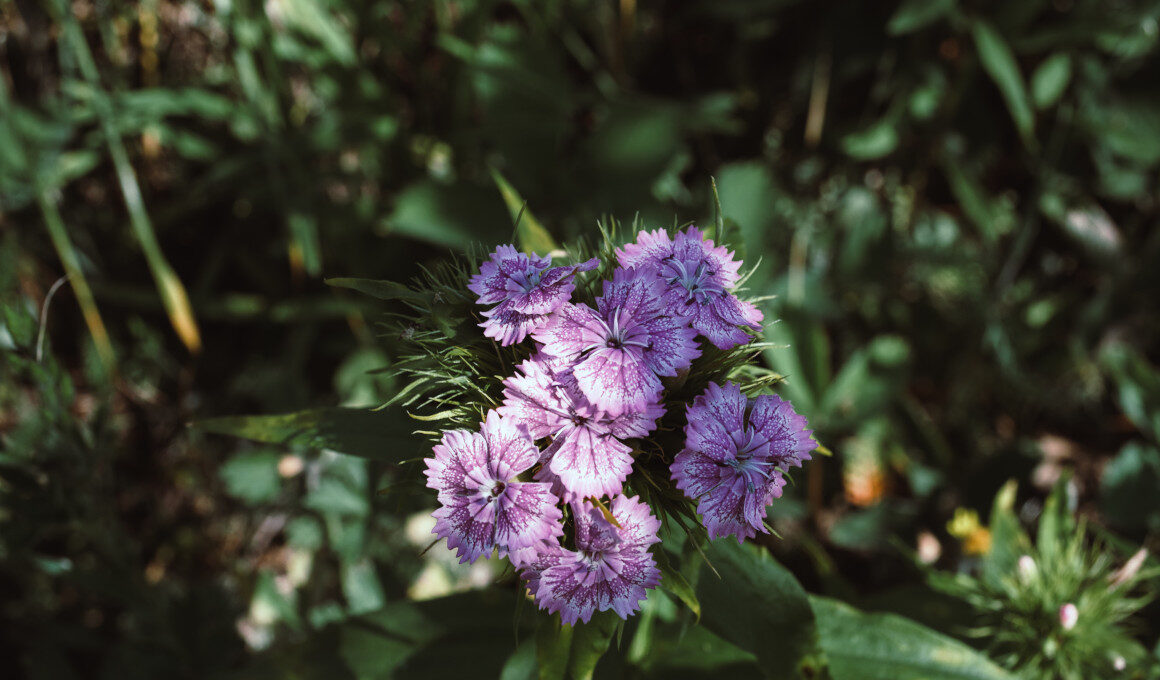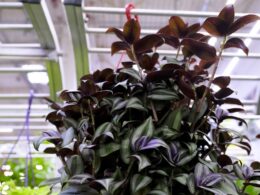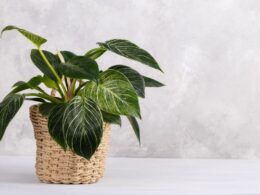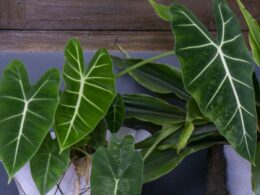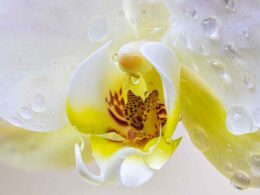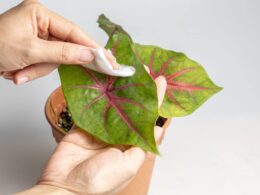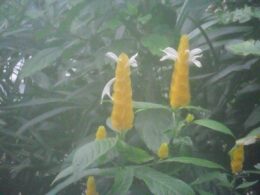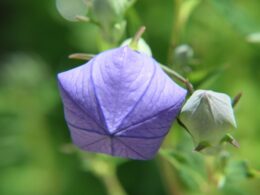With proper care, the China doll can be a beautiful addition to your home or garden. In this post, we’ll give you some China doll plant care tips. Happy gardening!
China Doll Plant Care. Step 1: Choose a Right Pot
It is important to choose the right pot for your China doll plant. The pot should have good drainage and be slightly larger than the current pot. This will help the plant to grow properly. Too little space can stunt the growth of your plant. That’s the first step of your China doll plant care.
Step 2: Choose a Right Spot
The China doll plant is a tropical evergreen that originates from Southeast Asia. It prefers warm, humid conditions and bright light. When selecting a spot to grow your China doll plant, make sure it receives plenty of indirect light throughout the day. It also needs to be in a location with good air circulation to prevent the leaves from becoming too wet and susceptible to fungal diseases.
When growing China doll plants indoors, make sure to place them near a bright window where they will receive plenty of indirect sunlight during the day. Just make sure the lights are on for at least 12 hours a day. Direct sunlight for many hours a day can be too much for them.
Step 3: Soil Needs and Fertilizing
Choosing the right soil and fertilizer is another important part of China doll plant care. China doll plants need a well-draining, slightly acidic soil with a pH of 5.5 to 6.5. You can either grow them in potting mix made for acid-loving plants or make your own by mixing together equal parts peat moss, perlite, and vermiculite. If you choose to use regular potting mix, you can mix in some sulfur to lower the pH.
Your China doll plant will also need to be fertilized regularly. Use a balance fertilizer formulated for acid-loving plants and apply it according to the package directions.
Step 4: Watering
China doll plants need to be watered often, especially during the growing season. It requires moist soil, but not soggy. Allow the top inch of soil to dry out before watering again. During the winter months, water your plant less frequently. Over-watering can lead to root rot, so it’s important to strike a balance.
This indoor plant requires very high humidity to thrive and may suffer if the air in your home or the soil is dry.
Radermachera Sinica: Morphology
The China doll plant is a small, woody tree that can reach up to 6.6 ft (2 m) in height. It has dark green, glossy leaves and its branches are covered in small, white flowers. Around spring and summer, the tree produces small, round fruits that contain seeds.
The China doll plant is native to China and Japan, but it can also be found in other parts of Asia, such as Taiwan and Korea. It is commonly grown as a houseplant or in gardens in these regions.
The China doll plant has a very distinctive appearance thanks to its small size and glossy leaves. It is a popular plant for bonsai enthusiasts because of its ability to be shaped into different forms.
The scientific name for the China doll plant is Radermachera sinica. It is also sometimes known as the Chinese evergreen, the serpent tree or the emerald tree.
China Doll Plant Care: Common Pests and Diseases
This house plant is susceptible to a number of common diseases and pests, including root rot, stem rot, leaf spot, and powdery mildew. These diseases can be fatal to the plant if left untreated. With proper China doll plant care, however, it can live for many years.
To prevent disease, water the plant carefully and avoid getting water on the leaves. Apply a fungicide to the soil around the plant and to the leaves if powdery mildew appears. Remove and destroy any infected leaves or stems.
Root rot is the most common disease of China Doll plants. It is caused by fungi that attacks the roots, causing them to rot. The plant will lose its leaves and eventually die if the disease is not treated.
To treat root rot, remove the plant from the pot and carefully inspect the roots. Cut away any black or brown roots. Repot the plant in fresh, sterile potting mix. Water the plant carefully, making sure not to overwater. Apply a fungicide to the soil and to the leaves if powdery mildew appears.
China Doll Plant: Propagation & Stem Cutting
If you’re interested in propagating your own China doll plant, it’s actually pretty easy to do! All you need is a sharp knife and a bit of patience.
To start, find a healthy stem on your plant that has at least two sets of leaves. Using a sharp knife, carefully cut the stem just below the lowest set of leaves. Next, remove the lowest set of leaves from the stem. Now you should have a bare stem with at least one set of leaves still attached.
Place the stem in a cup or jar of water and make sure that the leaves are above the water line. Place the cup or jar in a bright, warm location out of direct sunlight. You should see roots beginning to form within a week or two. Once the roots are about an inch long, you can transplant your China doll plant into a pot of its own
China Doll Plant: Pruning
Another thing to remember while following China doll plant care tips is pruning. While it is relatively low-maintenance, it does require occasional pruning to keep it looking its best.
Pruning is typically only necessary every few months, and can be done easily with a sharp pair of scissors or pruning shears. Simply cut back any leggy or overgrown stems to the desired length. It is important to make clean, sharp cuts just above a leaf node. This will encourage new growth and help keep the plant full and bushy.





